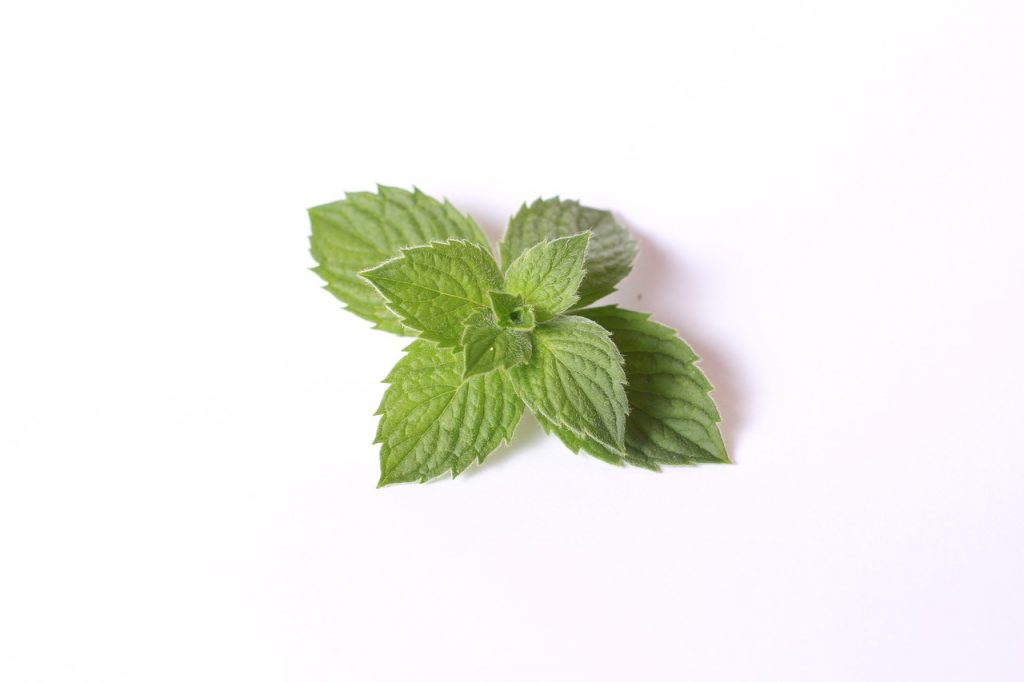What is VR Sickness?
Virtual Reality Sickness, or VR Motion Sickness, is a type of motion sickness, caused by the same mechanism as sea sickness, but in reverse. Typically, motion sickness is caused by your body feeling movement that is not congruent with what you see. Like being on a boat, feeling the rocking while you are standing still.
In VR, you see the motion, and your brain is expecting and preparing for motion, but your body is not feeling it. You’re subconsciously doing all the calculation for the micro-adjustments of muscles necessary to keep balanced, and then when nothing moves the dissonance starts to make you feel queasy.
Motion sickness affects people differently, and is triggered by different stimuli. Some people get it in boats, others in cars, and there are some who only get it when they read in moving vehicles. Likewise, you’ll find that only some games and apps will cause you to feel VR sickness. It’s usually boils down to locomotion, or how you move in the game.
Symptoms include
- nausea
- headache
- pallor and feeling flushed
- excessive salivation
- cold sweats
- burping
It’s only happened to me once, but a game actually caused me to toss my cookies. It was a racing game released in the early days of Oculus called Radial-G. I’ve also gotten a bit weak in the knees after a few flights on UltraWings. Almost anybody can feel motion sickness, when exposed to enough motion, and it seems that women may actually be more likely to feel the effects of motion sickness. If you experience VR sickness there are a few things you can do to ease the discomfort.
Dealing with VR Sickness
Settings and Software
Comfort Settings in Games
In most VR games you can find some options that will help make playing a little less dizzying. Look around the pause and options menus for settings related to Comfort, Input, or Motion.
Blinders, motion blur, and vignette effects
Any of these options, if you can find them in your game’s settings, should do basically the same thing—Narrow your vision. When you move in game, these kind of settings narrow your focus to what’s ahead of you by partially obscuring your peripheral vision.
Turning
Snap rotation vs smooth rotation: Snap Rotation limits your ability to turn using the analog sticks, making the motion incremental by degrees. Some games and apps let you adjust how many degrees you turn with each increment. Generally, lower will be more comfortable. Smooth Rotation is constant rotation when you turn by pressing sideways on the analog stick. In games that allow you to adjust the speed of smooth rotation, keeping it lower will be more comfortable. If you have the option to choose between snap and smooth rotation, and find yourself susceptible to VR sickness, opting for snap might be the better choice.
In room-scale games, or whenever possible, try performing the physical action of turning your body in real life instead of turning you virtual avatar via controls. This should be more natural feeling and cause less issues.
Locomotion
Walk or teleport? While physically walking around your play area is probably the least likely type of locomotion to cause you to feel motion sickness, it’s not always a viable way to move around in games. Sometimes you need to traverse large distances, or move vertically by climbing or jumping. Your choices may come down to moving your avatar in-game by teleporting or walking. Again, limiting the amount of perceived motion is the more comfortable option, so instead of having the world sliding past and making you feel green around the gills, choose teleportation.
Display Settings
You want to keep things as smooth as possible—Judder and frame-drops are another major factor in causing motion sickness. The jerky unnatural motion can become more than just a bit upsetting. You want to keep a high, stable frame rate. If you don’t have a high-end GPU, then you’ll probably want to choose low or medium graphics quality settings in games.
Asw and Oculus Tray tool
You can find settings to control a frame-rate smoothing technique that Oculus developed known as Asynchronous Spacewarp (ASW), that helps eliminate dropped frames. ASW can be automatic, or set to force a specific number of frames per second. SteamVR has similar option called Motion Smoothing. On older computers with limited graphics capabilities that might start lurching and dropping frames in graphics intensive parts of you may find it beneficial to change this setting to something like a constant 45fps.
Learn more about ASW in my post: What are Supersampling and ASW?
If you’re playing on PC, there’s a helpful application called the Oculus Tray Tool that lets you quickly change these settings. You can also manage them on a per game basis with profiles. Learn about it here: Use the Oculus Tray Tool to make your Rift work better
Remedies
Behavior and environment
A little extra attention to how you move and keeping yourself and your play area comfortable can go a long way in the fight against VR sickness.
Use physical motion as much as possible. Turn, bend, crouch, and even jump in real life and you’ll be less likely to get sick than if you performed these actions with the push of a button. Focus on the horizon and keep your head still when moving in-game to help with problems from perceived motion.
Stay hydrated and stay cool—don’t forget to drink enough water, and use a fan or adjust your thermostat so you don’t find yourself overheated and sweaty, which can exacerbate ill feelings. You might even be interested in wearable accessories like this hands-free fan on Amazon.
Natural remedies and herbs
Ginger

Ginger Ale has been a go-to beverage for people when they get sick, because ginger has properties that reduce nausea. You will want something with real ginger. Look for a ginger ale that specifies real ginger as an ingredient, not diet Canada dry.
I’ve seen a lot of redditors comment that they liked to suck ginger lozenges, or eat a few ginger snap cookies.
Natural Ginger candies are available in specialty stores , places that are big on organics (like whole foods) and some novelty stores like World Market.
You can probably also find tea that has ginger in it widely available.
Try taking ginger before playing rather than as a treatment afterwards.
Mint
Try chewing a mint leaf. Spearmint and peppermint in candy or gum can help with some of the nausea because of it’s benefits to digestion.

Cannabis
I know, I know, “drugs are bad m’kay.” But, it has been used to treat nausea for other reasons. Cannabis has been widely accepted as a form of treatment in cancer sufferers to reduce nausea and restore appetite. It may also help to reduce seizures. This herb, thanks to it’s medicinal (and recreational) properties, is being decriminalized and legalized in many areas. If you’re an adult sometimes a little bit might help with VR sickness, and enhance the experience.

Motion Sickness Meds
If you’re really feeling very ill from spending time in VR, motion sickness medicines can help. VR sickness is a type of motion sickness. It’s caused by a disconnect in what your eyes and brain perceive, and what your body is actually feeling.
Dramamine is probably the most common medicine for motion sickness.
Scopolamine is non drowsy and available as a patch
Antihistamines like Benadryl can help, but will probably leave you feeling drowsy. Non-drowsy antihistamines are not effective against motion sickness.
Get Your Space Legs
Building up a tolerance to VR can usually make the sickness go away. It can take a while, but it is doable. It will depend on how often you play, and for how long. I’ve been playing around in VR for almost three years now, and almost never experience any kind of VR sickness or discomfort anymore, unless i’m pushing myself past exhaustion and getting too hot.
If you start to feel sick take a break. Don’t force it—You might be tempted to just push through it, but if you do you risk developing an aversion response. You know how if you’ve had food poisoning you avoid whatever dish or restaurant caused it? You might go for years, or never even try eating at that restaurant again. Even if it was once your favorite. You start feeling anxious or nauseous just imagining eating similar food to fish or eggs or whatever food caused it. That’s an aversion response. It’s a psychological self-preservation mechanism that gets triggered by a stimuli. If you try just pushing through VR sickness it could end up like that. You just won’t enjoy it, won’t even want to play it, and will wish you hadn’t spent the money on a headset that makes you nauseous just thinking about it.
I hope you find a few of these tips helpful in dealing with VR sickness. What works for you? Leave a comment below.

Leave a Reply